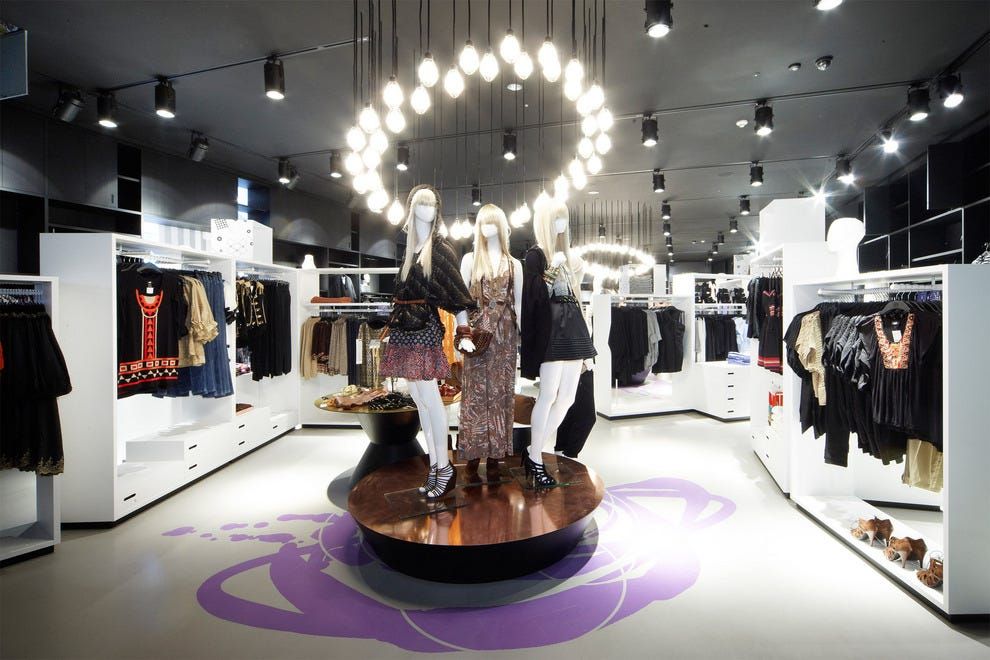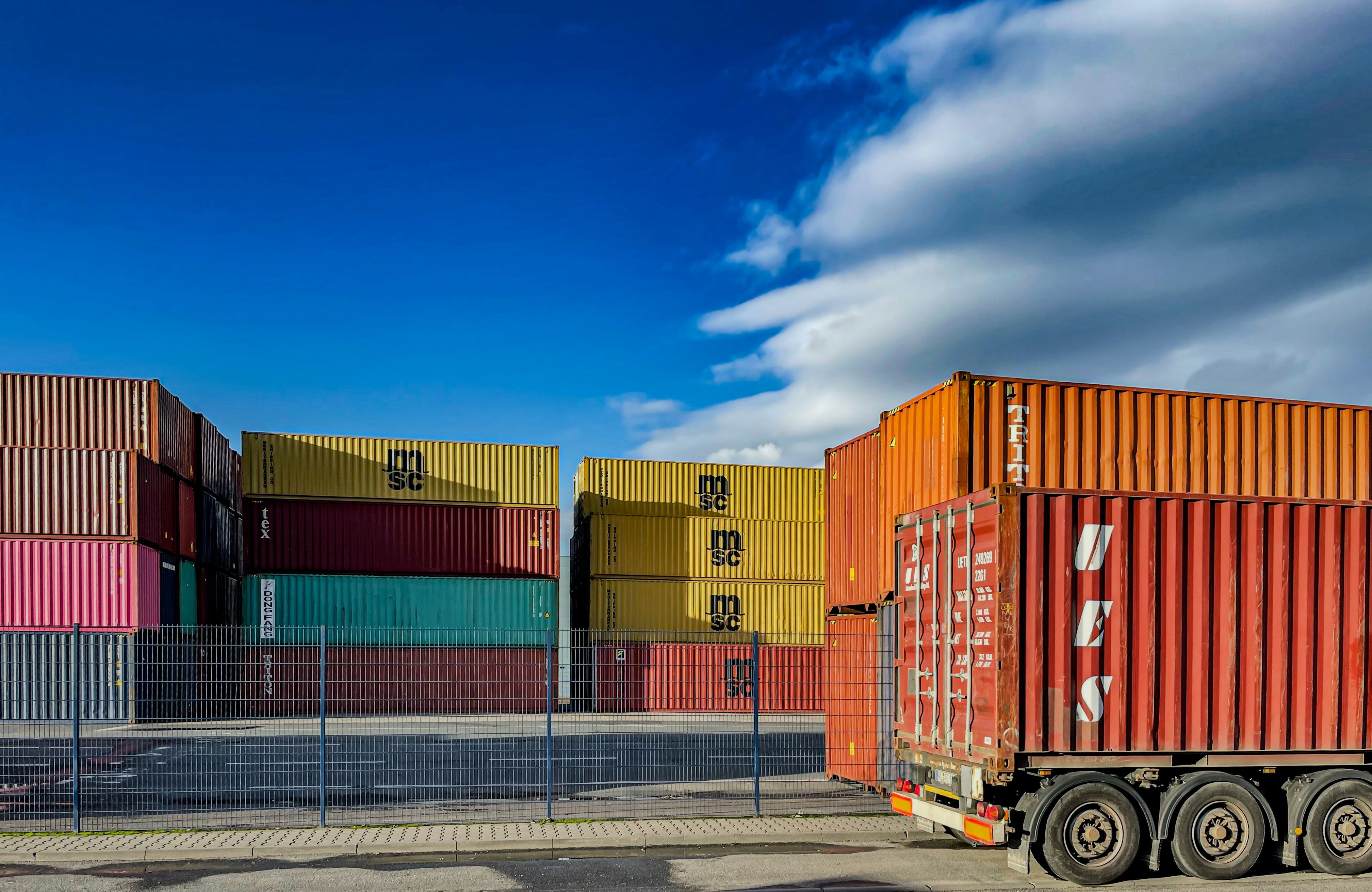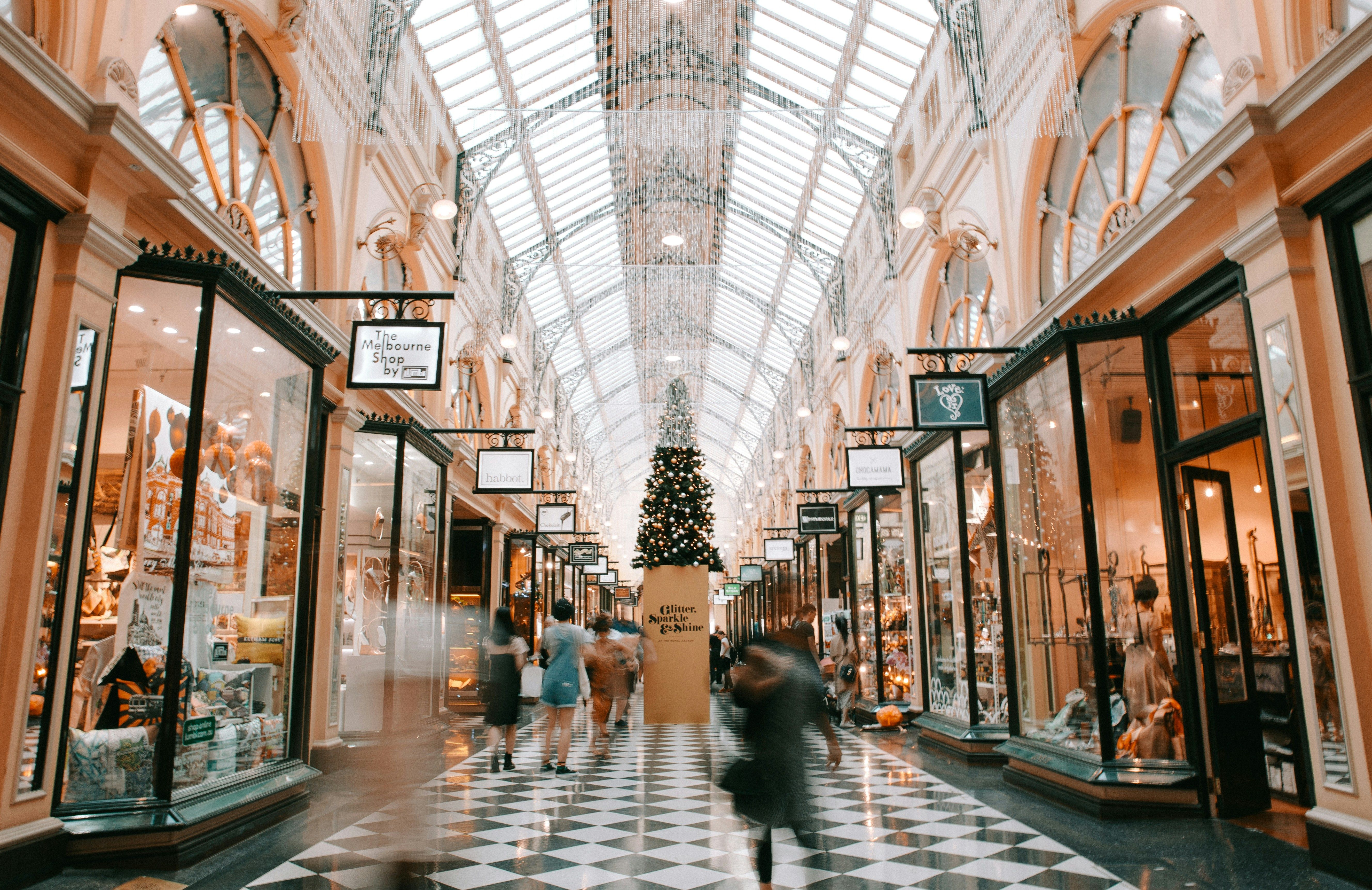5 realistic retail trends for 2025
)
It’s that time of year when everyone brings out their retail crystal ball and starts forecasting the trends that will influence the next 12 months.
All too often, either the same trends are highlighted every year – omnichannel, personalization, etc. – or people get ahead of themselves, usually because they’re engrossed in the potential of new technology, rather than the realities of what it can achieve now.
For our selection of noteworthy retail trends for 2025, we’ve concentrated on what’s both achievable and significant. So, what made our roundup?
Affordable Luxury Will Continue to Expand
No-one needs to inform consumers that their budgets are under pressure right now. While their money may not stretch as far as prices climb across the board, it’s also true that consumers aren’t willing to abandon all non-essentials and indulgences. In fact, when times are tough, people often seek ways to reward themselves.
For some time now, we’ve been monitoring a movement that we call ‘premiumisation,’ where mainstream brands introduce upscale elements to enhance the customer experience and set themselves apart.
This shift towards affordable luxury will continue to expand next year as retailers aim to attract consumers who are budget-conscious but still want to enjoy life and make purchases. Premiumisation is a method to justify a higher price tag and a tactic to persuade shoppers to splurge, as well as to encourage consumers who might shop with pricier retailers to trade down.
One of the best illustrations of the trend in 2024 was H&M’s pop-up in Stockholm. The brand took over Birger Jarlspassegen, a quaint 19th-century mall, opening stores dedicated to various parts of the H&M business in the different spaces. This included a temporary restaurant in collaboration with local chefs.
The entire setup looked and felt like something a high-end brand would create, which helps reshape customer perceptions of H&M.
Affordable luxury could also serve as a gateway to a more sustainable future. If, through premiumisation, brands can get consumers to invest more, this can help validate the production of higher-quality items that can endure years of use, rental, resale, and re-purposing.

Supply Chains Will See a Revamp
Last year, we emphasized the need for retailers to embed flexibility and resilience into their supply chains to handle any future disturbances.
This is still the case with the likelihood of geopolitical and climate-related disruptions remaining part of the equation when making sourcing decisions in 2025. However, we’re also poised to see supply chains undergo a revamp due to changes in tariffs and customs.
Back in February 2024, the EU adopted a proposal for a reform of the EU Customs Union, which included eliminating the current customs duty exemption for goods valued at less than €150. Reportedly, 2.3 billion items that fell below this €150 duty-free threshold were imported into the EU in 2023.
There doesn’t appear to be any timeline connected to the reform plans at the moment, so it’s almost certain not to take effect in 2025. However, retailers may need to begin evaluating whether it might impact them sooner rather than later.
Similarly, in January, Donald Trump will formally take over as the next US President. He has suggested that he intends to impose tariffs on foreign goods imported into the US. Exactly what these tariffs will entail and when they come into play remains uncertain.
However, recent social media updates from Trump hinted at plans for a 25% duty on imports from Canada and Mexico and possibly an extra 10% on imports from China. With Trump having previously mentioned a 60% tariff for goods from China, it’s difficult to predict precisely how things will unfold.
Nevertheless, retailers and brands will need to monitor developments closely over the next 12 months so they can adjust supply chains and pricing strategies accordingly.
If new tariffs are enacted, we could see US retailers expanding their near-sourcing operations. There’s also the possibility that countries with imposed tariffs could introduce their own duties on US imports, further disrupting the market.

Brand Authentic Pop-ups
In last year’s trends forecast, we accurately predicted a rise in medium-term pop-ups in 2024. Pop-ups designed to last several months or even years have appeared over the past 12 months to cover the holiday season, preview a brand before their permanent store opens, or keep them operational while a permanent space undergoes renovations.
Looking ahead to 2025, we see the role of pop-ups continuing to evolve with an increased emphasis on staying true to the brand. The best pop-ups we’ve observed this year have been filled with authenticity, allowing them to be memorable and leave a lasting impression in a genuine way.
Take IKEA’s Hus of Frakta pop-up on London’s Oxford Street. With a permanent IKEA store slated to open in 2025 on the same street, this pop-up could have been a small-scale preview.
Instead, IKEA chose to focus entirely on its iconic giant blue bag, giving customers the opportunity to customize their own – very affordable – Frakta bag. The pop-up was executed like a marketing campaign, but one that customers were excited to participate in.
Importantly, Hus of Frakta showcased personality. It demonstrated that IKEA doesn’t take itself too seriously and brought its slogan – the wonderful everyday – to life beautifully.
At the opposite end of the spectrum is Louis Vuitton’s New York pop-up. Designed to remain open for several years while its nearby flagship undergoes renovations, the brand has approached the pop-up with the same meticulous quality and precision you’d expect for a major flagship project.
The result is a five-story space that is as elegant and opulent as any permanent store. It feels like Louis Vuitton. It’s entirely faithful to the brand while offering something fresh to customers – notably Louis Vuitton’s first US chocolate bar and an on-site eatery.
A pop-up’s purpose may be marketing and education, but only brands that truly grasp the potential of physical spaces to captivate new and loyal customers – and those that can do so in a way that aligns with their identity – will reap the rewards in 2025.

Service-Led Physical Retail
The addition of services to physical retail isn’t a new idea but until now these services have very much felt like exactly that – simply add-ons. A lot of brands still aren’t thinking enough about the way that shopping is changing when coming up with store concepts. They’re holding onto an old product-first model and trying to stick new bits on.
At the same time, more and more consumers are researching products and learning about brands online before they ever visit a store. And of course, they’re buying online as well. This can leave physical retail looking like the poor relation that’s trying to do the same thing as e-commerce but always a bit behind the fast-changing digital world.
Some brands are thinking more deeply about physical retail’s role though, which is leading them to opening spaces that drive sales and brand awareness through a service-first approach.
One of the biggest sectors we’ve seen this happening in is wellness. Businesses like When Nature Calls in Amsterdam are redefining the way we think about alternative and natural health products, such as fungi and adaptogens.
In order to overcome preconceptions and stereotypes around its products, When Nature Calls has created a space that has more in common with an expensive spa than a retail store.
Customers can access workshops, mini-retreats, and try out new innovations such as red-light therapy, microdosing meditations, and a bar serving mushroom coffees and teas.
In Vienna, Biogena is technically a store that sells micronutrients, but this function is secondary because the space is also a clinic and treatment space, a community and events space, and a café.
People visit to access things that they can’t get online. And this leads to them buying products. As more brands come to realise this, we expect to see more service-led retail concepts launching in more product categories over the coming year.

AI Transparency
There’s been plenty of noise about artificial intelligence this year and unlike developments like the metaverse and NFTs, this is likely to continue in 2025.
If multiple reports are to be believed, large numbers of both retailers and consumers are already using AI.
According to a survey by Verizon Business and Morning Consult, 39% of small and midsize businesses (SMBs) say they are using AI in 2024 – more than double the percentage who were using it in 2023. A Syndigo report found that 9 out of 10 retailers are using generative AI to improve the customer experience.
Research by the Retail Technology Show (RTS) reported that AI is the top technology that UK retail leaders feel will unlock and accelerate growth for their businesses in 2025.
What’s interesting though is that reports also indicate that consumers aren’t necessarily aware that they are using AI when they shop. A Bain & Company survey of US e-com shoppers found that a massive 71% were not aware of having using generative AI, even though they had recently shopped with retailers where there was a high chance they would have crossed paths with the tech.
It begs the question of whether retailers should be transparent and upfront with consumers about their use of AI in 2025.
Although AI may have appeared to have made massive leaps forward this year, it’s still a technology that is in the early stages of development and implementation. Consumer buy-in isn’t just crucial to the uptake of the tech but also its training and improvement.
Retailers who are transparent about its usage may not only benefit from gathering additional data from consumers (with consent), but they may also find customers are more forgiving when the AI makes a mistake or hallucinates a response. Either way, it comes down to trust and reputation, which few retailers can afford to lose at any time of year.

